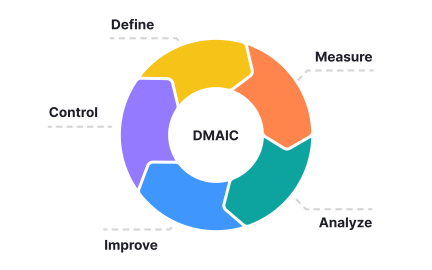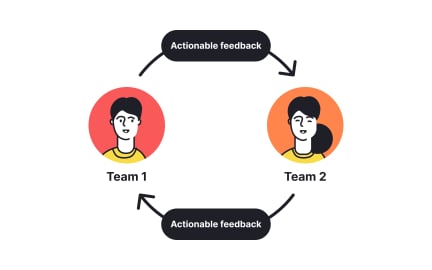Release Management
Release management coordinates how and when product changes go live, ensuring new features or fixes are delivered safely and on schedule.
What is Release Management?
Your product releases are chaotic, unpredictable, and frequently delayed because deployment processes aren't systematically planned and coordinated, leading to rushed launches that create user problems and team stress.
Most teams treat release management as final deployment coordination rather than comprehensive planning that ensures smooth, reliable product releases through systematic preparation and risk mitigation.
Release management is the systematic process of planning, coordinating, and controlling product releases to ensure reliable deployment, minimal user disruption, and successful feature launches through comprehensive preparation, testing, and rollback capabilities.
Teams with strong release management achieve 70% fewer deployment issues, 50% faster rollback recovery, and significantly higher release success rates because systematic processes prevent problems and enable rapid issue resolution.
Think about how companies like Google coordinate complex releases across multiple services and platforms through systematic release management that ensures service reliability, or how mobile app companies manage app store releases with careful timing and rollback planning.
Why Release Management Matters for Deployment Success
Your product releases create user disruption, service problems, and team stress because deployment processes aren't coordinated systematically, leading to avoidable issues that damage user experience and team confidence.
The cost of poor release management compounds through every deployment cycle. You get service outages, user complaints, emergency fixes, reputation damage, and competitive disadvantage through unreliable product updates that frustrate customers.
What effective release management delivers:
Higher deployment reliability because systematic planning identifies potential problems and prepares solutions before releases rather than discovering issues when users are affected by problems.
When you plan releases thoroughly, deployments feel predictable and manageable rather than stressful events that might cause service disruption.
Faster issue resolution through prepared rollback procedures and incident response processes that minimize user impact when problems occur during releases.
Better user experience because coordinated releases minimize service disruption and feature problems that would otherwise frustrate users during product updates.
Enhanced team confidence as systematic release processes reduce deployment stress and create reliable delivery capabilities that teams can depend on for consistent success.
Stronger business continuity through release management that maintains service reliability and user satisfaction during product evolution and feature launches.
Advanced Release Management Strategies
Once you've established basic release management capabilities, implement sophisticated deployment coordination and optimization approaches.
Blue-Green and Canary Deployment Strategies: Use advanced deployment techniques that minimize user impact and enable rapid rollback if problems are discovered during releases.
Release Train and Coordination Planning: Coordinate releases across multiple teams and services to optimize deployment timing and minimize system-wide risks.
Performance and Monitoring Integration: Connect release management to comprehensive monitoring that detects performance issues and user impact during and after deployments.
Automated Release Pipeline Optimization: Develop sophisticated automation that handles routine release tasks while maintaining human oversight for critical deployment decisions.
Recommended resources
Courses

Accessibility Foundations

Wireframing

Introduction to Figma
Lessons

Aligning Goals and Expectations Across Teams

What is Agile?






